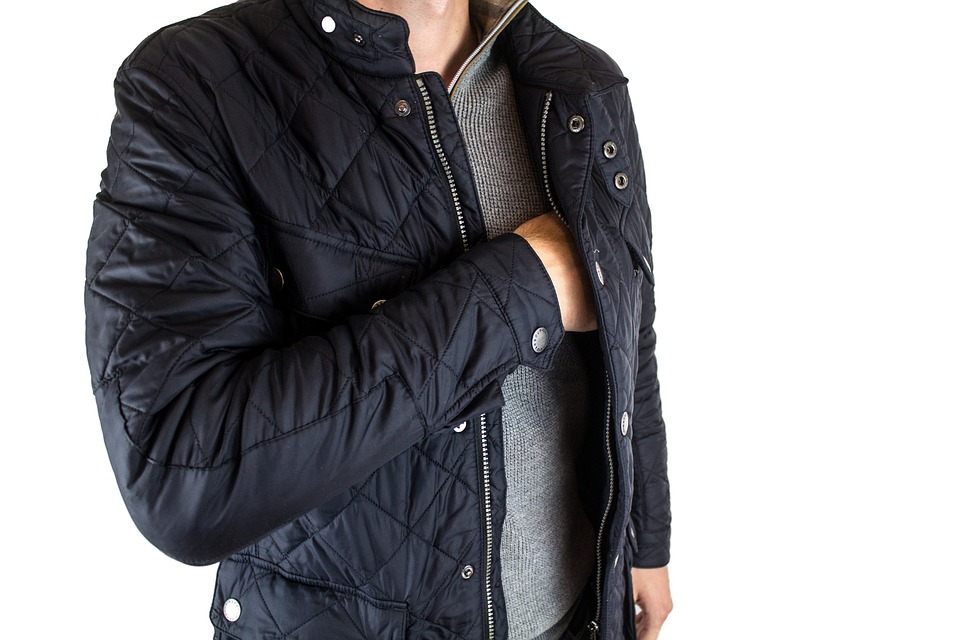Polyester, once considered a cheap and low-quality fabric, has been making waves in the fashion industry over the past few years. Its resurgence and massive popularity can be attributed to a number of factors, including its versatility, durability, and eco-friendly benefits. As a result, polyester has become a dominant force in the fashion world, revolutionizing the way we dress and the way clothes are manufactured.
One of the main reasons why polyester has gained so much traction in the fashion industry is its incredible versatility. This synthetic fiber can be transformed into a wide range of fabrics that mimic natural materials like silk, cotton, and wool. Polyester can now be found in dresses, shirts, suits, activewear, and even underwear. It has become a highly desirable choice for both high-end designer brands and fast fashion retailers due to its ability to mimic expensive and luxurious materials, making fashion more affordable and accessible to a wider audience.
Another key factor that has contributed to polyester’s success in the fashion industry is its durable and long-lasting nature. Unlike natural fibers, polyester is resistant to stretching, shrinking, and wrinkling. It can withstand multiple washes and still maintain its shape and color, making it a practical choice for consumers looking for clothes that will stand the test of time. Gone are the days when polyester was associated with cheap and disposable clothing – it is now a go-to option for quality and longevity.
In recent years, there has been a growing recognition of the environmental impact of the fashion industry. Natural materials like cotton require large amounts of water and land to grow, and the production process can be harmful to the environment. Polyester, on the other hand, has a significantly lower carbon footprint and water usage. It can also be easily recycled and repurposed, reducing waste and contributing to a more sustainable fashion industry.
The rise of athleisure and activewear has also played a significant role in the domination of polyester in the fashion world. Polyester’s moisture-wicking properties and ability to retain color and shape even after intense workouts make it an ideal choice for athletic apparel. With the increasing popularity of fitness and wellness, the demand for comfortable and functional clothing has skyrocketed, giving polyester a newfound status as the go-to fabric for sportswear.
While there are numerous benefits to polyester, it is important to acknowledge its downsides. Polyester is derived from petroleum, a non-renewable resource, and its production emits greenhouse gases. However, advancements in technology have led to the development of recycled polyester, also known as rPET, which is made from post-consumer plastic bottles. This innovative process helps reduce plastic waste and lower the environmental impact of the fashion industry.
In conclusion, polyester has experienced a revolution in the fashion industry due to its versatility, durability, and eco-friendly benefits. From its humble beginnings as a cheap and tacky fabric, it has now become a dominant force, permeating every aspect of our wardrobes. As the demand for affordable, sustainable, and functional clothing continues to grow, it is evident that polyester is here to stay. Its impact on the fashion industry reflects the industry’s evolving values and the increasing desire for a more conscious and accessible fashion future.

